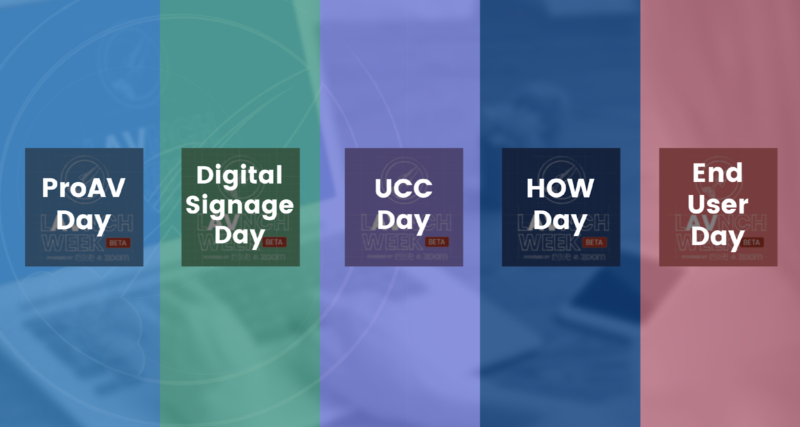Beginning With the End in Mind
By Paul Flanigan
Executive Director, Digital Screenmedia Association
 While we love to talk about technology, we must never forget the real reason we create these solutions.
While we love to talk about technology, we must never forget the real reason we create these solutions.
I love to surf the web. I just love it. I cannot believe how much stuff there is out there. Tons of it. What I find particularly enjoyable is the randomness of discovery. There are even links that encourage you to do it. If you enjoy Reddit try this link.
It takes you to any number of subreddits on just about any topic you can possibly imagine. And what do you know? There are subreddits for digital signage and digital out-of-home. Although I would gather that Reddit is not the greatest forum for discussion on these.
Here is a link to find any random Wikipedia page. The other day I stumbled on to this one: List of Emerging Technologies.
The page contains emerging technologies in a number of fields, including agriculture, biomedical, IT/communications, transport and bunch of other ones. It also contains a section on displays. If you’re keeping track at home, there are 16 different display technologies under the subject of displays.
Of course, I had to ask myself, “What am I having for dinner tonight?” After that, I asked myself, “Are any of these what we think of as digital signage?” More questions: Where would these work? In kiosks? On walls? On billboards? Would these work in hospitals? Universities? Hotels? Libraries?
At that moment, I had to remind myself of something that I learned 15 years ago. Regardless of the technology, you need to begin with the end in mind. The end is the user, the audience. It’s the person who is trying to find the next point on the journey through the hotel using a touch screen kiosk. It’s the person trying to pay for his groceries at a self check-out. It’s the person who wants to download something onto her cell phone from the interactive screen in front of her.
I worked in professional sports for seven years — major league baseball, minor league baseball, the NFL and even minor league hockey. Every place I worked, I reminded myself to never forget that I’m a fan, a customer. I would often go into the seats and enjoy the game. I would look at the video screens in the suites, and at the giant jumbotrons and I would watch these screens as a fan. Would I enjoy what I was seeing and hearing? At Best Buy, we did a lot of work on understanding the customer. We were encouraged to go into stores and be the customer, to try the solutions we were creating and see if they worked or not.
Now I’m in a position to help steer this organization, and this industry, in new directions. But these directions are not provided by the technology. We get direction from the user. We learn how people use technology. Then we work to build solutions that will create the ideal relationship between the user and the technology.
It’s impossible to prescribe a certain technology to a certain vertical. We can assume some fundamental best practices based on years of research, but the truth is that the user is evolving as quickly as the technology.
If we forget about the user, we’ll forget why we’re here. And that would be tragic, because I really want to see if any of these emerging technologies would help hospitals, and retail, and universities.
I think most of us do, too.
This column was reprinted with permission from the Digital Screenmedia Association and originally appeared here.





